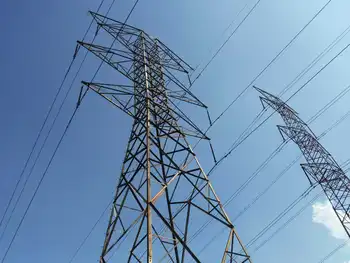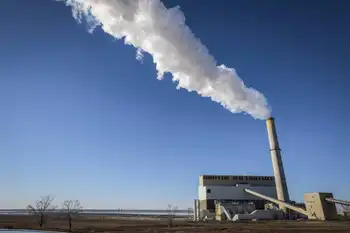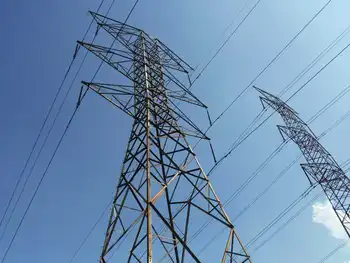Montreal and Winnipeg Exchanges Consider Emissions Trading
Ottawa, ON -- - As Canada moves toward implementation of the Kyoto accord, the Montreal Exchange and the Winnipeg Commodities Exchange are eyeing a potentially lucrative business in carbon emissions trading.
Such a system is seen as a way to encourage innovation among large industrial emitters and cut costs by letting the market determine where greenhouse gas emissions can be made most efficiently. Leon Bitton, vice-president of the Montreal Exchange, says the carbon-trading market could be worth $1.6 billion assuming a $10 per tonne price for carbon permits. The actual price of permits will be determined by supply and demand.
"Trading carbon emissions allowances is no different than trading any other commodity," said Bitton in an interview.
But the Canadian market probably isn't large enough to support two trading centres, he said.
That means there could be a rivalry in the offing.
The Winnipeg Commodity Exchange has already established a branch for carbon trading, called the Canadian Climate Exchange.
"Right now we're in the exploratory phase," said spokesman Steve Teller.
"We're meeting with industry and government to determine what kind of market is going to be there. I think it certainly has the potential to be quite a large market."
Bitton said the Montreal Exchange has the necessary expertise to set up a market, but has not yet decided whether to make a proposal.
The Montreal Exchange deals in financial derivatives such as stock options and the Winnipeg exchange deals in derivatives such as wheat futures. A derivative is a financial product that derives its value from something else.
Large emitters such as oil and gas producers, cement kilns, steel mills and power plants are expected to account for up to half of Canada's greenhouse emissions in coming years.
But the cost of cutting emissions varies widely from one industry to the next, and from one plant to the next.
Therefore, every industry would have a target for cutting emissions that takes account of its circumstances.
Domestic trading would allow the companies that can easily meet their emission targets to sell their surplus emission permits to other companies for which it would be more difficult to meet the target.
It's expected that the Canadian system will be linked to an international system.
Britain already has a greenhouse gas emissions trading system and the European Union is plann+ing to have a union-wide system in place by 2005.
"I think that it would probably be worth considering to have the Canadian emissions trading system, if there is one, up and running to some degree coincident with the European one," said Teller.
"Otherwise they may begin trading products and we may be losing customers."
Teller plays down the competition with Montreal but acknowledges some will see it as "an east-west thing."
"We don't necessarily consider it a rivalry right now but potentially when things are clearer our paths may converge more."
The problem for both institutions is that the rules for emissions trading have not yet been determined. Alberta and the federal government are working on different plans which do not appear to mesh.
The federal government is just beginning to negotiate covenants with large emitters to set reduction targets.
Ottawa must also decide on some form of legislation that will require large emitters to join the system, and impose penalties on those who don't comply.
Such legislation is likely to be controversial regardless of how it is framed, since there will inevitably be costs for most companies.
What's clear is that the problem of achieving Kyoto compliance has moved beyond the realm of scientists and politicians to that of financial experts.
"Climate change has become more than an environmental issue," said Bitton. "It's an issue of business and financial risk management."
Related News

Balancing Act: Germany's Power Sector Navigates Energy Transition
BERLIN - Germany's electricity generation in January presented a fascinating snapshot of its energy transition journey. As the country strives to move away from fossil fuels, it grapples with the realities of replacing nuclear power and meeting fluctuating energy demands.
Gas Takes the Lead:
Gas-fired power plants saw their highest output in two years, generating 8.74 terawatt hours (TWh). This 13% increase compared to January 2023 compensated for the closure of nuclear reactors and colder weather driving up heating needs. This reliance on gas, however, pushed its share in the electricity mix to 18.6%, highlighting Germany's continued dependence on fossil fuels.
Coal Fades,…




